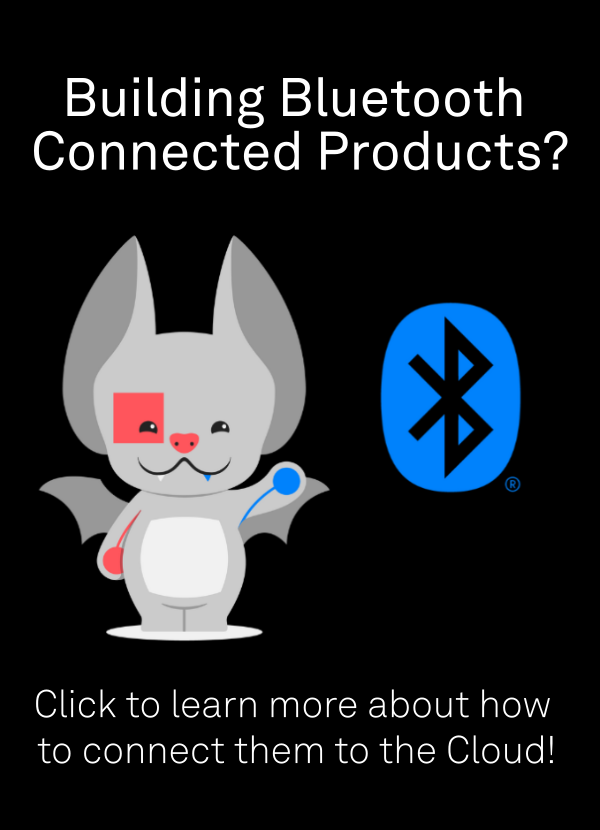Back in September, we released beta support for Zephyr RTOS in the Golioth Firmware SDK, as an additional option alongside our existing standalone Zephyr SDK. Today, we’re excited to remove the beta tag and announce full support for Zephyr in our cross-platform Firmware SDK.
Over the last several months we’ve been improving the efficiency of the Firmware SDK and it is now on par with the standalone Zephyr SDK. We’ve expanded our automated test coverage, taken a fine-tooth comb through our APIs and documentation, and listened to and incorporated your feedback (thanks!). All of this means that the version of the SDK we’re releasing today is our best yet – and all of our customers will get these improvements at the same time, whether using Zephyr, ESP-IDF, or any other platform.
That’s why we chose to incorporate Zephyr support into our Firmware SDK and deprecate our standalone Zephyr SDK. We’re big fans of Zephyr, but our goal is to support the IoT community at large as a universal IoT connector, and that includes folks who choose to use other platforms. In order to provide the highest quality support to all of our users while moving as fast as possible to deliver new features and value, it made the most sense to invest in a single unified Firmware SDK.
Of course, our commitment to Zephyr itself hasn’t changed. We continue to be financial sponsors of the project, sit on both the Technical and Marketing Steering Committees, and provide free Zephyr training. And you’ll be able to find us at the Zephyr Developer Summit in Seattle in April.
Ready to get started?
You’ll find the same features and quality you’ve come to expect from Golioth in our Firmware SDK, but we’ve taken this opportunity to rework some of our APIs. Migrating from the Zephyr SDK is easy, and we’ve prepared a migration guide to help you along the way. For those beginning a new project, our getting started documentation will get you up and running in no time.
What does this mean for the Zephyr SDK?
As of today, our standalone Zephyr SDK is deprecated and not recommended for new designs. We may make periodic bug fixes and security updates to the SDK, but we won’t be adding new features or actively developing the standalone Zephyr SDK. This will result in accelerated delivery of features and support in our cross-platform Firmware SDK, as our team is now singularly focused.
We will reach formal end-of-life for the standalone Zephyr SDK on July 31, 2024, at which point we will no longer make any updates to the SDK. If you have any questions, please reach out to your Golioth account rep or contact us at [email protected].


When will the GitHub - golioth/reference-design-template: Template for making new Golioth Reference Design repositories be updated or replaced to use [golioth-firmware-sdk] instead of the deprecated [golioth-zephyr-sdk]. Are the other reference designs going to be ported to the new SDK? I’d like to transition but I need more example code out there.
Hey @john.stuewe,
@mike is working on migrating the Reference Desing template from the Golioth Zephyr SDK to the Golioth Firmware SDK as we speak. There is an open PR so you can track the progress and changes.